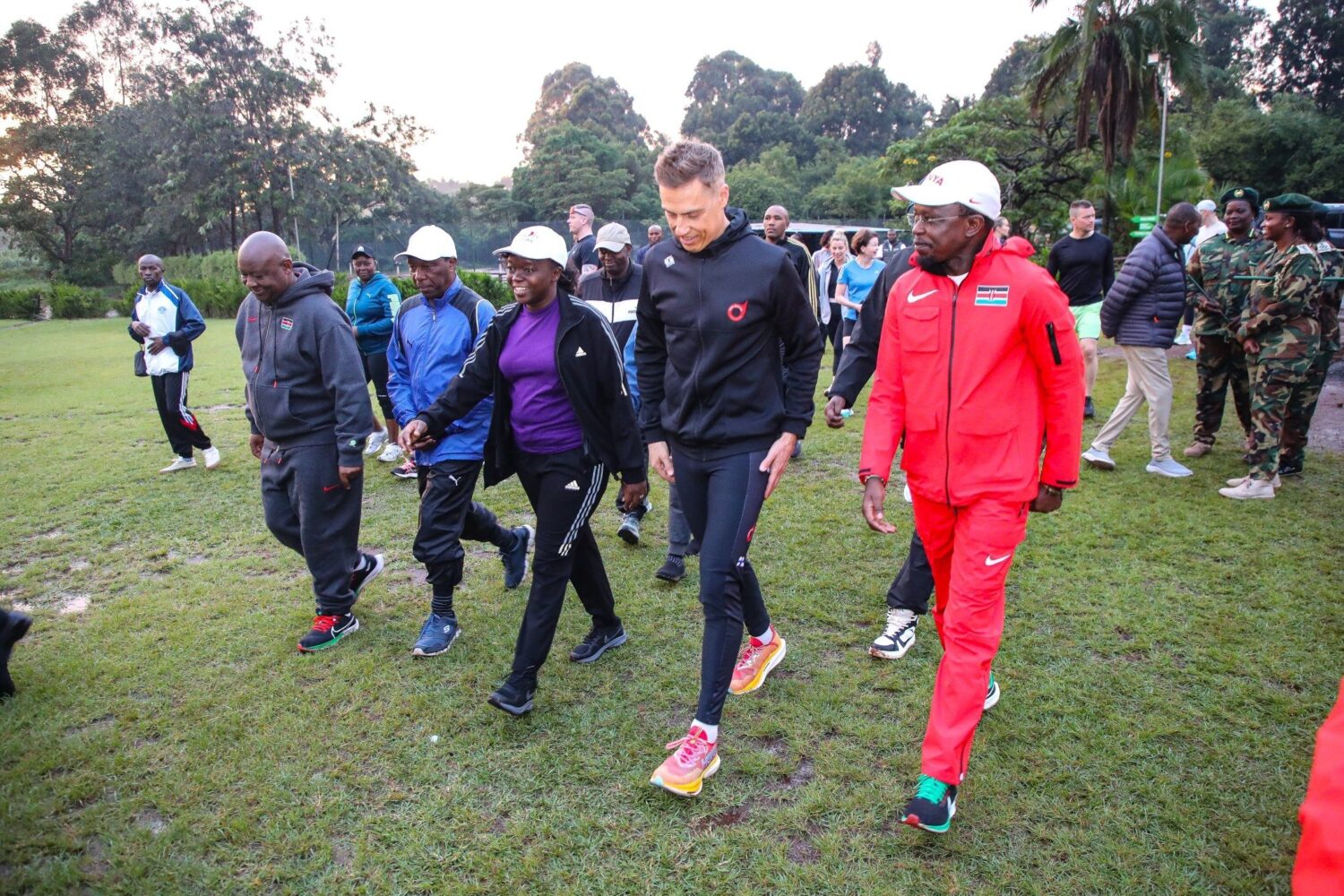Over 2.3 million Kenyans will be affected by the oncoming El Niño rains, this was revealed during a preparedness meeting held on Thursday at Deputy President Rigathi Gachagua’s residence in Karen, Nairobi.
During the El Niño preparedness meeting, it was also noted that around 5,696,836 livestock will be affected by the heavy rains.
Twenty-three out of the 27 ASAL counties will be the most affected, consisting of 239 wards. Coastal, North Eastern, and parts of Western regions will be greatly affected.
The floods that are expected to come with El Niño will also see learning activities interrupted in 1,215 schools, with 314 health facilities also facing closure.

The World Meteorological Organisation (WMO) on July 5, declared the onset of El Niño.
El Niño occurs on average every two to seven years, and episodes typically last nine to 12 months. It is a naturally occurring climate pattern associated with warming of the ocean surface temperatures in the central and eastern tropical Pacific Ocean. But it takes place in the context of a climate changed by human activities.
El Niño: Massive area to be affected
In Kenya, the climatic phenomenon is expected to affect a total of 119,195 hectares of land and 1,234 water facilities across the country.
The government estimates the cost of El Niño response to be around KSh9.322 billion.
The Council of Governors Chairperson Anne Waiguru, however, says counties will need a KSh15 billion budget for that.
“We are estimating a KSh15B budget for El Nino preparedness, but as of now, we have only KSh1B in our account, falling short of KSh14B. We need an emergency fund,” Waiguru said during the meeting.
As of Thursday, September 28, only 23 counties had submitted their plans to mitigate El Nino effects.
The meeting, chaired by DP Gachagua, comprised of Governors, respective Cabinet Secretaries, local and international partners.








